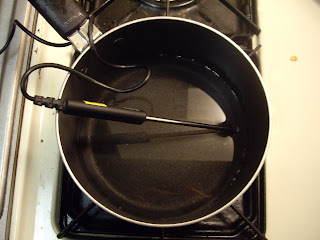Parent Interview of Internet Safety
16 years ago

| Location | Activity | Google Earth Content |
| 1.England | Students will research and draw pictures of at least three goods that were initially gathered from European markets to be placed on the ship sailing for its next destination: Africa. They will also create a map of the first leg of the journey. | Images of ports throughout Europe with an accompanying paragraph describing the numerous European ports, especially those originating in England. |
| 2.West Africa | Students will research what goods from Europe were exchanged for when the European ships reached West Africa. They will then create currency by drawing each good on a 3X5 card and giving each good a specific value (previously assigned). In groups, they will briefly recreate the trading market by using their "goods currency" to trade with other group members in order to achieve a certain good that they were previously assigned to attain. Using the map they created in the first activity, they will then draw the route of the second leg of the journey. | Images of slave traders and auctions of goods in West Africa along with a brief synopsis of the tragedy slave families were put through as they were sold from their families. |
| 3.Caribbean | Students will calculate the overall sum of the distances between West Africa and the Caribbean and from the Caribbean to the Americas. They will then include this third leg of the route on their drawn out maps. | Images of the crammed slave ships along with a description of the poor conditions the slaves had to endure on the ship. |
| 4.Rhode Island | Students will research and make a graphic organizer that includes the different goods sent out from each of the American colonies to be traded in Europe. They will also research and calculate the entire length of time, in months and days, it took one ship to complete the entire trade route. Lastly, they will draw the final leg of the route on the maps they initially drew. | An image of the ship being prepared for its third and final leg home, Europe, accompanied by a brief overview of the kind of maintenance and labor that was required to get the ships ready for the last leg of the trade route. |


 Leaving the probe in the pot of ice, we then increased the temperature of the burner. As the probe recorded the increase in temperature by graphing it on the computer, we observed how the water transformed from a solid to a liquid state.
Leaving the probe in the pot of ice, we then increased the temperature of the burner. As the probe recorded the increase in temperature by graphing it on the computer, we observed how the water transformed from a solid to a liquid state. 



